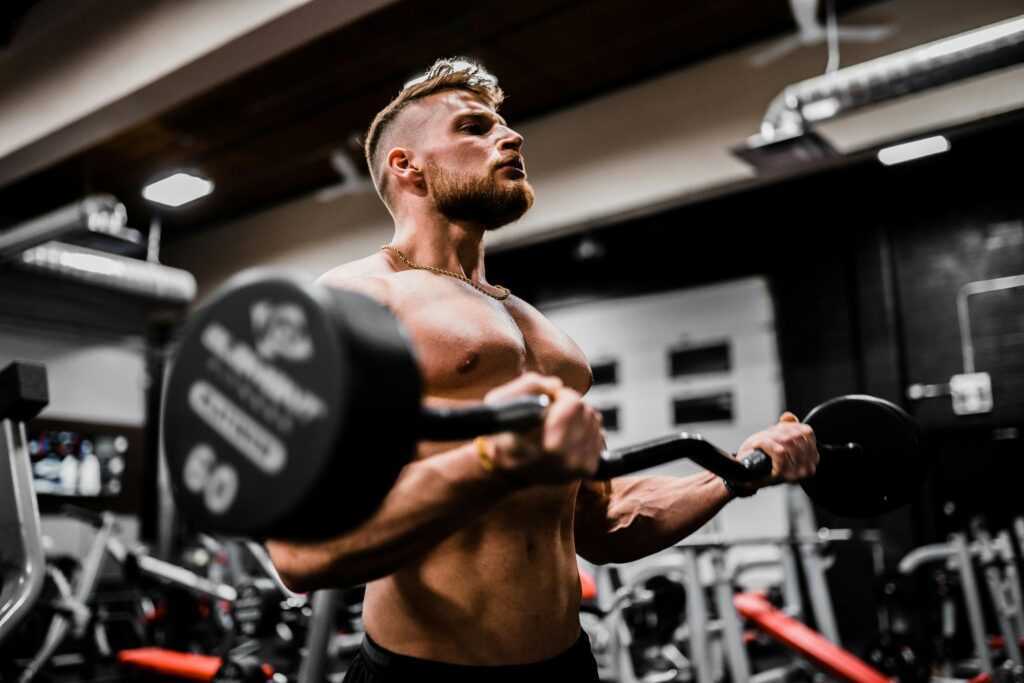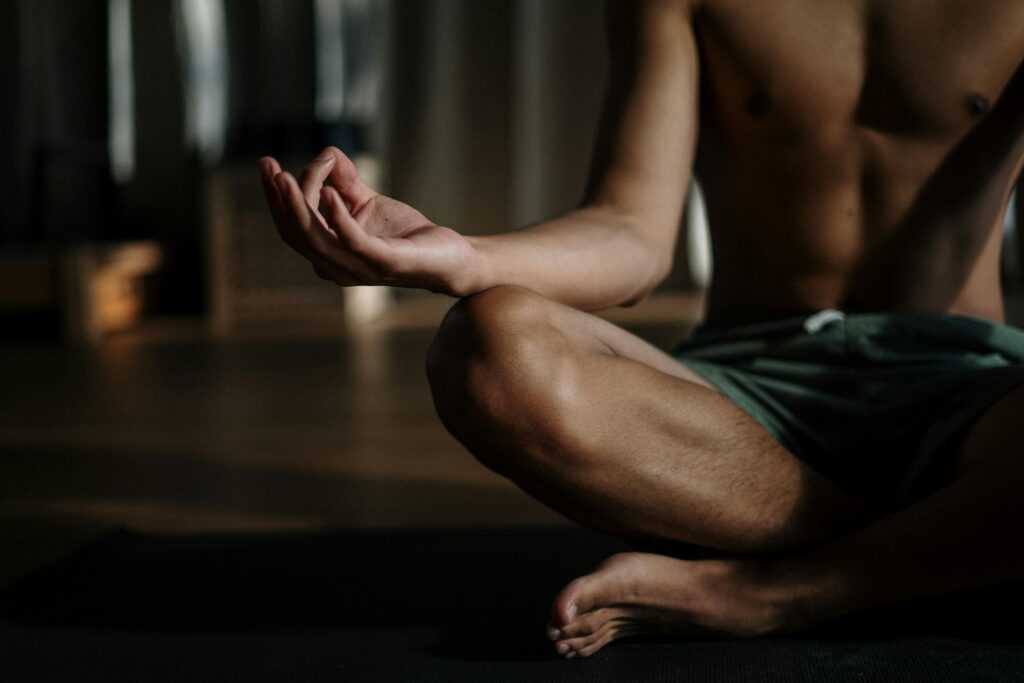What Recovery Means and How It Works After a Tough Training Cycle
The end of a training cycle often feels like a victory lap after hard work. But what happens when your body feels worn out and motivation dips too soon? Does recovery mean rest, or does it involve something deeper and more strategic? What are athletes missing when they skip the reset phase altogether?
Many athletes jump straight into the next goal without fully resetting first. Recovery is more than a break from the gym or pool for a few days. It’s often misunderstood, even though it can make or break your next performance phase. This article will explore how real recovery works and why it matters.
Redefining Rest Beyond Taking a Day Off
Rest means more than skipping a workout or staying in bed. Your muscles need downtime to rebuild and strengthen after heavy training sessions. Sleep is essential because recovery hormones work best during deep sleep cycles.
Light activity like walking can support circulation and ease residual soreness. Gentle movements keep your body active without triggering more fatigue or breakdown. Stretching and mobility exercises help restore flexibility and reduce muscle stiffness.
Healthline notes that you should stand tall and pull one foot toward your glutes to stretch your thighs. Hold your ankle gently for 10 to 15 seconds, then repeat on the other side. For neck stiffness, sit or stand upright and slowly roll from side to side. Lower back relief comes from lying down, pulling one knee in, and holding for 20 seconds.
Mental rest also matters when physical stress levels start affecting motivation and focus. Breaks from structure allow your mind to reset and regain training clarity. True recovery includes effort, not just the absence of movement.
How does posture during rest affect muscle repair?
Poor resting posture puts extra strain on healing muscles and restricts healthy blood flow. Sitting or lying in ergonomic positions supports joint alignment and reduces tension. Maintaining posture awareness throughout the day creates a better environment for steady, effective physical recovery.
Fueling Recovery from the Inside Out
Nutrition plays a vital role in helping your body rebuild post-training. Carbohydrates restore glycogen levels and help muscles feel energized again. Protein assists in muscle repair and supports immune system health. Meals should include protein sources such as lean meat, legumes, and eggs.
Hydration prevents cramps and supports nutrient transport during the recovery phase. Anti-inflammatory foods like berries and spinach help reduce swelling and discomfort. Smoothies make a great option when your appetite is low after hard sessions.
WebMD states that smoothie nutrition depends heavily on what you blend into the mix. Using whole-milk yogurt increases fat content compared to water or nonfat yogurt. Milk or yogurt-based smoothies usually have less sugar than ones made with fruit juice. Choosing ingredients wisely helps you control sugar, fat, and overall calorie intake.
Smart snacks like yogurt or peanut butter offer nutrients between meals. Balanced eating habits can shorten recovery time and improve long-term training performance.
Do recovery needs differ by training intensity?
Higher-intensity workouts deplete glycogen faster and cause more muscle microtears, needing extra repair support. These sessions require additional protein and carbohydrates compared to moderate or low-effort days. Adjusting intake based on exertion leads to faster muscle recovery and energy return.
Finding the Right Support System Locally
You don’t have to handle recovery alone when local resources are available. A strong support system can improve how consistently and safely you bounce back. Effective recovery comes from both personal effort and the people guiding you. The best athletes often rely on experienced professionals who understand their sport. Larger cities with active training communities usually offer more recovery options and variety.
For example, Spectrum News reports that Austin ranks 14th among the healthiest U.S. cities. The city performs well across multiple wellness and lifestyle indicators. Its balanced way of living supports a strong reputation for overall health. Its large sports communities support a network of performance-focused services. Austin sports massage is especially popular for easing muscle tension and improving circulation.
These sessions are tailored to active bodies and are often integrated into training plans. Austin also features recovery studios with compression therapy, infrared saunas, and mobility coaching.
Many local providers understand the demands of aquatic sports and cater specifically to swimmers. In this kind of environment, recovery becomes easier to prioritize and personalize.
Mantis Massage in Austin also emphasizes that recovery improves when you’re in the right space. Similarly, cities like Boulder, San Diego, and Portland offer strong access to expert support, making them reliable environments for strategic recovery.
Can small businesses offer more personalized recovery support?
Independent recovery providers may offer longer sessions and customized attention compared to large clinics. Local business owners often adapt their services to the specific needs of their athletic communities. Personalized care fosters trust and optimizes recovery outcomes through individualized strategies.
Resetting Your Routine Without Losing Momentum
After a training cycle, it’s tempting to stop everything and relax. Instead, use that period to shift focus toward recovery-oriented movement patterns. Replace hard workouts with mobility drills that support joint health and flexibility.
Try different low-impact options like swimming laps or casual bike rides outdoors. This keeps your routine engaging while reducing stress on tired muscles. Creative hobbies like painting or photography can refresh your mental energy.
APA also mentions that around 46% of Americans turn to creative activities to manage stress and anxiety. The data supports the notion that people with stronger mental health engage more in creative activities. This includes things like playing piano, crocheting, dancing, or solving crossword puzzles.
Use recovery time to organize future training goals and scheduling priorities. A balanced approach maintains discipline while honoring your need for full-body rest. Long-term progress requires active choices during both the work and recovery phases.
Is group recovery more effective than solo routines?
Training with others during recovery builds accountability and social motivation in a low-pressure setting. Activities like group yoga, nature hikes, or recovery workshops help restore energy through shared movement. Emotional support from a like-minded community can strengthen mental resilience and boost long-term recovery progress.
When to Push and When to Pause
Recovery teaches you to listen and respond to subtle signals from within. Lingering fatigue, irritability, or low motivation may signal overtraining symptoms. Your body needs more than just physical breaks to truly reset.
Mental burnout often follows long cycles without proper downtime or emotional renewal. Tracking tools like HRV can help identify when recovery needs increase. Journaling progress and mood also highlights patterns worth adjusting or repeating.
Pushing through pain may feel heroic, but it often leads to longer setbacks. Knowing when to pause builds longevity, resilience, and deeper self-awareness. Successful athletes recover just as intentionally as they train each week.
Do recovery needs vary across life stages?
Older athletes often need more recovery time because of slower muscle repair and hormonal shifts. Younger athletes recover faster but still risk fatigue without proper rest. Using age-specific recovery strategies helps maintain performance, prevents injury, and supports overall health throughout different life stages.
Real recovery goes beyond just taking time off from training or workouts. It’s an active process that helps athletes stay strong, balanced, and ready for what’s next. Recovery includes mental reset, proper nutrition, and the right kind of physical support. Every athlete has unique needs depending on training intensity, age, and personal health.
Paying attention to your body’s signals helps guide smarter recovery choices. Rest days are not wasted time; they’re crucial for long-term progress. A strong recovery routine prevents burnout and keeps performance consistent. Think of recovery as a smart investment in your health and athletic future.


 is a passionate advocate for fitness and healthy living, blending her expertise in swimming with a dedication to overall wellness. With years of experience both in and out of the pool, she offers valuable insights on effective workout routines, nutrition, and lifestyle habits that support peak performance and vitality. Rosamie’s writing is characterized by its practical advice, encouraging readers to adopt sustainable habits for long-term health and fitness. She frequently shares her personal journey and success stories to motivate others, and her articles often include actionable tips that readers can easily incorporate into their daily lives. By focusing on a holistic approach to fitness, Rosamie aims to help individuals not only achieve their athletic goals but also cultivate a balanced and fulfilling lifestyle.
is a passionate advocate for fitness and healthy living, blending her expertise in swimming with a dedication to overall wellness. With years of experience both in and out of the pool, she offers valuable insights on effective workout routines, nutrition, and lifestyle habits that support peak performance and vitality. Rosamie’s writing is characterized by its practical advice, encouraging readers to adopt sustainable habits for long-term health and fitness. She frequently shares her personal journey and success stories to motivate others, and her articles often include actionable tips that readers can easily incorporate into their daily lives. By focusing on a holistic approach to fitness, Rosamie aims to help individuals not only achieve their athletic goals but also cultivate a balanced and fulfilling lifestyle.
